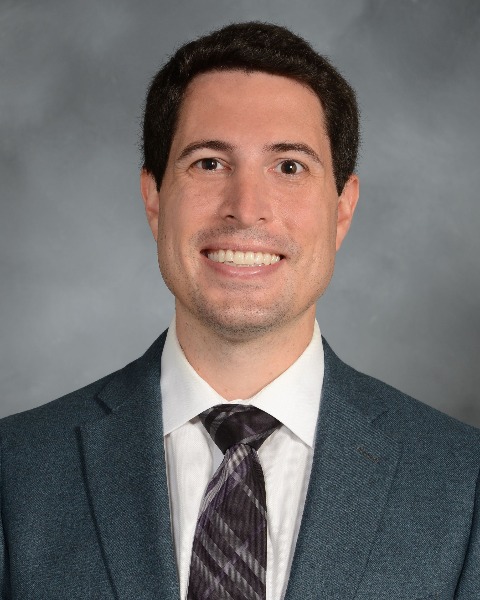SIR 2025
Gastrointestinal Interventions
Traditional Poster
21 - Organ-Sparing Gallstone Removal (OSGR): A New Frontier in Cholangioscopy for Patients With Biliary Colic who Defer Surgery

Neil K. Jain, DO (he/him/his)
Integrated Interventional Radiology Resident
Medstar Georgetown University Hospital, United States.jpg)
Wilton Fidelis
Medical Student
Georgetown University School of Medicine, United States- DM
Daniel Marchalik, MD
Attending
MedStar Washington Hospital Center, United States 
John B. Smirniotopoulos, MD, MS
Assistant Professor of Radiology
MedStar Georgetown University Hospital, United States
Poster Presenter(s)
Author/Co-author(s)
Materials and Methods: This is an Institutional Review Board (IRB) approved prospectively collected, retrospectively reviewed analysis of patients presenting to a large academic center with calculous biliary colic and met criteria for cholecystectomy after evaluation by a board-certified surgeon, however, elected for percutaneous cholangioscopy and gallstone removal to preserve their gallbladder. Review parameters included procedural and clinical data, average hospital length of stay, repeat cholangioscopy, time to cholecystostomy tube removal, and post-intervention symptom reduction. Technical success was defined as the removal of all visualized stones during the procedures. Clinical success was defined as stone-free on follow-up imaging without evidence of recurrent symptoms of biliary colic.
Results:
Twelve patients (mean age 51.5yr, range 39–72yr; 7 male and 5 female) who suffered from biliary colic secondary to cholelithiasis on imaging, underwent organ-sparing gallstone removal (OSGR). Five patients tried ursodiol for 3 months or longer and failed conservative management including dietary change and weight loss. 11 patients had transhepatic cholecystostomy access and 1 patient had transhepatic access with de novo access at the time of OSGR.
Minimally invasive PCNL (MIP) nephroscope was utilized in 10 patients to allow for dual energy lithotripsy, while a cholangioscope was used in 2 patients to visualize the stones. Dual-energy lithotripsy was performed on 9 patients and electrohydraulic lithotripsy on 2 patients, and one patient had mechanical removal of stones using a basket. Mean procedure time was 64.5 min (SD 27.3 min) and mean fluoroscopy time was 14.4 min (SD 13.3min). There was a 100% technical success rate in a single-session stone removal with no major complications. A cholecystostomy tube was left in place to allow decompression of the gallbladder and tract formation. Mean hospital stay post-procedure was 23 hours. Mean percutaneous gallstone extraction to biliary tube removal time was 21.7 days (SD 11.4 day). Currently, of the twelve patients, two have had a 3-month follow-up US, demonstrating no recurrent cholelithiasis or colic.
Conclusion: Image-guided percutaneous gallstone extraction with de novo access into the gallbladder is a safe and feasible procedure for gallstone destruction and extraction in healthy patients who seek to preserve their gallbladder.


.jpg)